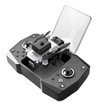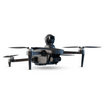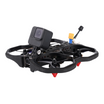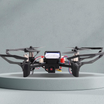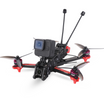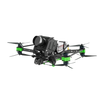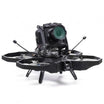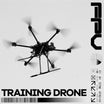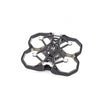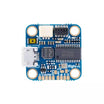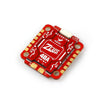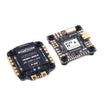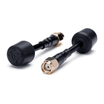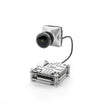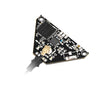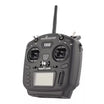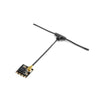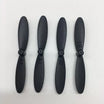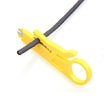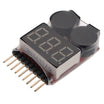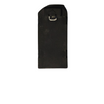Drones, also known as unmanned aerial vehicles (UAVs), have revolutionized various industries, from photography and agriculture to search and rescue operations. These flying machines rely on powerful motors to lift off the ground, maneuver through the air, and execute precise movements. In this blog, we’ll delve into the fascinating world of drone motors, exploring their types, functions, and how to choose the right one for your specific drone project.
Brushed vs. Brushless Motors: The Basics
Before we dive into specific motor types, let’s understand the fundamental difference between brushed and brushless motors:
Brushed Motors:
- Commonly found in inexpensive toy drones.
- Simple design with copper wire wrapped around permanent magnets.
- Easy to use and maintain but have a shorter lifespan.
- Not suitable for high-performance drones due to limited efficiency.
- Ideal for micro drones and entry-level quadcopters.
Brushless Motors:
- Widely used in commercial drones and high-performance racing models.
- More efficient and durable than brushed motors.
- Consist of a rotor with permanent magnets and a stator with stationary copper coils.
- Provide maximum thrust for minimum weight and size.
- Preferred for professional applications due to their longevity and power-to-weight ratio.
Types of Drone Motors
Now let’s explore some common types of drone motors:
9XX Motors:
-
High-performance motors designed for multirotors that demand both power and speed.
- Ideal for racing drones and aggressive maneuvers.
Outrunner Motors:
- Specifically designed for drones.
- High power-to-weight ratio.
- Produce less noise and heat.
- Suitable for various drone sizes and applications.
Inrunner Motors:
- Less common in drones but useful for larger models.
- Designed for applications requiring high torque (e.g., cars or boats).
- Notable for their robust performance.
Gear Motors:
- Similar to outrunner motors but with a smaller diameter.
- Use a gearbox to increase torque.
- Perfect for drones needing extra power within a compact space.
Choosing the Right Motor
Selecting the right motor is crucial for optimizing your drone’s performance. Consider the following factors:
Nominal Power (Watts or Kilowatts):
- Match the motor’s power output to your drone’s requirements.
- Higher power allows for better lift and agility.
- Balance power with weight.
- Lighter motors enhance flight efficiency.
- Higher KV values mean faster rotations.
- Choose based on your desired flight characteristics.
Application:
- Racing drones need high-speed motors.
- Cinematography drones require stability and precision.
- Payload drones demand power for carrying equipment.
Conclusion
Understanding drone motors empowers you to build or choose the right UAV for your needs. Whether you’re a hobbyist, photographer, or professional pilot, the right motor ensures smooth flights and exciting aerial adventures. So, next time you see a drone soaring through the sky, appreciate the silent power of its motor—the unsung hero behind every flight.
Remember, whether you’re exploring the skies or capturing breathtaking footage, the right motor makes all the difference!
| Frame Size | Prop Size | Motor Size | KV |
| 150mm or smaller | 3″ or smaller | 1105 -1306 or smaller | 3000KV and higher |
| 180mm | 4″ | 1806, 2204 | 2600KV – 3000KV |
| 210mm | 5″ | 2205-2208, 2305-2306 | 2300KV-2600KV |
| 250mm | 6″ | 2206-2208, 2306 | 2000KV-2300KV |
| 350mm | 7″ | 2506-2508 | 1200KV-1600KV |
| 450mm | 8″, 9″, 10″ or larger | 26XX and larger | 1200KV and lower |
For more such informative content visit : https://insidefpv.com/blogs/news
Follow us on Linkedin for latest updates : https://www.linkedin.com/company/inside-fpv/

